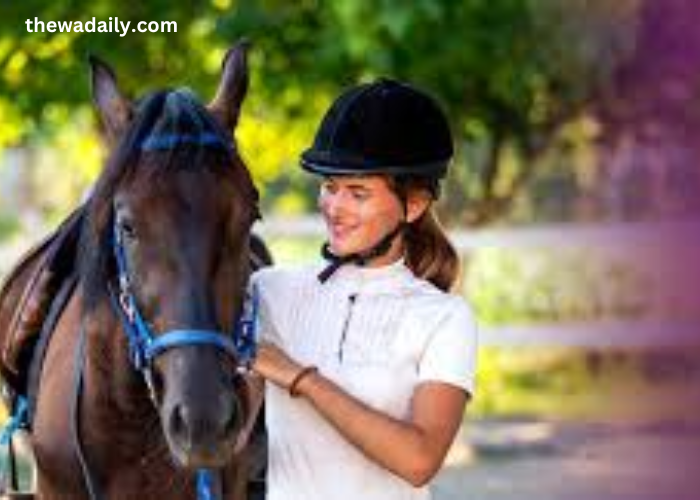The majestic presence of horses has fascinated humans for millennia. These noble creatures have served as companions, work partners, and symbols of freedom and power. The bond between horse and rider is a unique partnership that requires a blend of art and science. This intricate relationship is cultivated through dedicated training and skillful riding, which together form the essence of equine excellence. Discover the thrill of horse racing in France with FranceChevalTurf. Get expert tips, race analysis, and place your bets for an unforgettable experience. Join us today!
The Art of Horse Training
Training a horse is a delicate art that demands patience, understanding, and empathy. Each horse has its own personality, strengths, and weaknesses, requiring a tailored approach to training. The foundation of effective horse training lies in establishing trust and clear communication between the horse and trainer.
- Building Trust: Horses are naturally prey animals and can be skittish and wary. Building trust is the first step in training. This involves consistent handling, gentle correction, and rewarding positive behavior. A horse that trusts its trainer is more willing to learn and cooperate.
- Understanding Behavior: Trainers must understand equine behavior to address issues effectively. Horses communicate through body language, and recognizing signs of stress, discomfort, or fear is crucial. Positive reinforcement, such as treats or praise, helps reinforce good behavior and encourages learning.
- Groundwork: Before riding, extensive groundwork is essential. This includes basic commands like leading, stopping, and backing up. Groundwork helps establish respect and responsiveness, laying the foundation for more advanced training.
- Consistency and Patience: Training a horse is a gradual process that requires consistency and patience. Regular, short training sessions are more effective than infrequent, long ones. Repetition helps horses understand and remember commands.
The Science of Horse Riding
Riding a horse involves more than just sitting in the saddle; it is a complex interaction between the rider and the horse. Understanding the biomechanics of both the horse and rider is essential for achieving harmony and efficiency.
- Rider’s Position: The rider’s posture and balance significantly affect the horse’s movement. A correct riding position involves a straight back, heels down, and hands steady. This allows the rider to communicate effectively with subtle cues and aids.
- Aids and Cues: Riders use aids—natural and artificial—to guide the horse. Natural aids include the seat, legs, hands, and voice. Artificial aids, such as whips and spurs, should be used sparingly and never to inflict pain. The timing and coordination of these aids are crucial for clear communication.
- Biomechanics: Understanding the horse’s biomechanics helps riders work with the horse’s natural movement. This includes recognizing the horse’s gait patterns—walk, trot, canter, and gallop—and adjusting the riding technique accordingly. Proper biomechanics reduce the risk of injury and enhance performance.
- Equine Health and Fitness: A horse’s physical condition affects its ability to perform. Regular veterinary check-ups, a balanced diet, and appropriate exercise are vital. Conditioning programs that build strength, stamina, and flexibility ensure that the horse remains healthy and capable.
The Symbiotic Relationship
The bond between horse and rider is a symbiotic relationship built on mutual respect and understanding. Successful training and riding depend on the rider’s ability to connect with the horse and perceive its needs and responses. This relationship is nurtured through time, effort, and dedication.
- Emotional Connection: Riders often develop a deep emotional connection with their horses. This connection enhances communication and fosters a sense of partnership. Horses can sense their rider’s emotions, and a calm, confident rider can positively influence the horse’s behavior.
- Continuous Learning: Equine excellence is a journey of continuous learning. Both the horse and rider evolve, and new techniques and insights emerge. Staying informed about advancements in equine science and riding methods enriches the experience and improves outcomes.
- Respect and Compassion: Above all, respect and compassion are the cornerstones of equine excellence. Treating horses with kindness and dignity ensures their well-being and fosters a trusting relationship.
In conclusion, the art and science of horse training and riding embody the harmonious blend of empathy, knowledge, and skill. Achieving equine excellence is a rewarding journey that deepens the bond between horse and rider, showcasing the timeless beauty of this extraordinary partnership.
